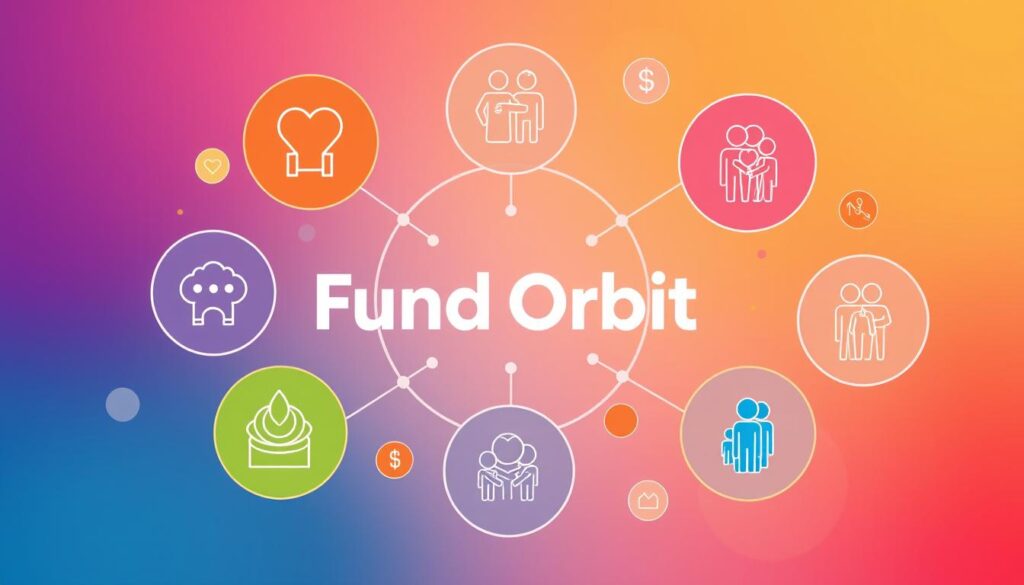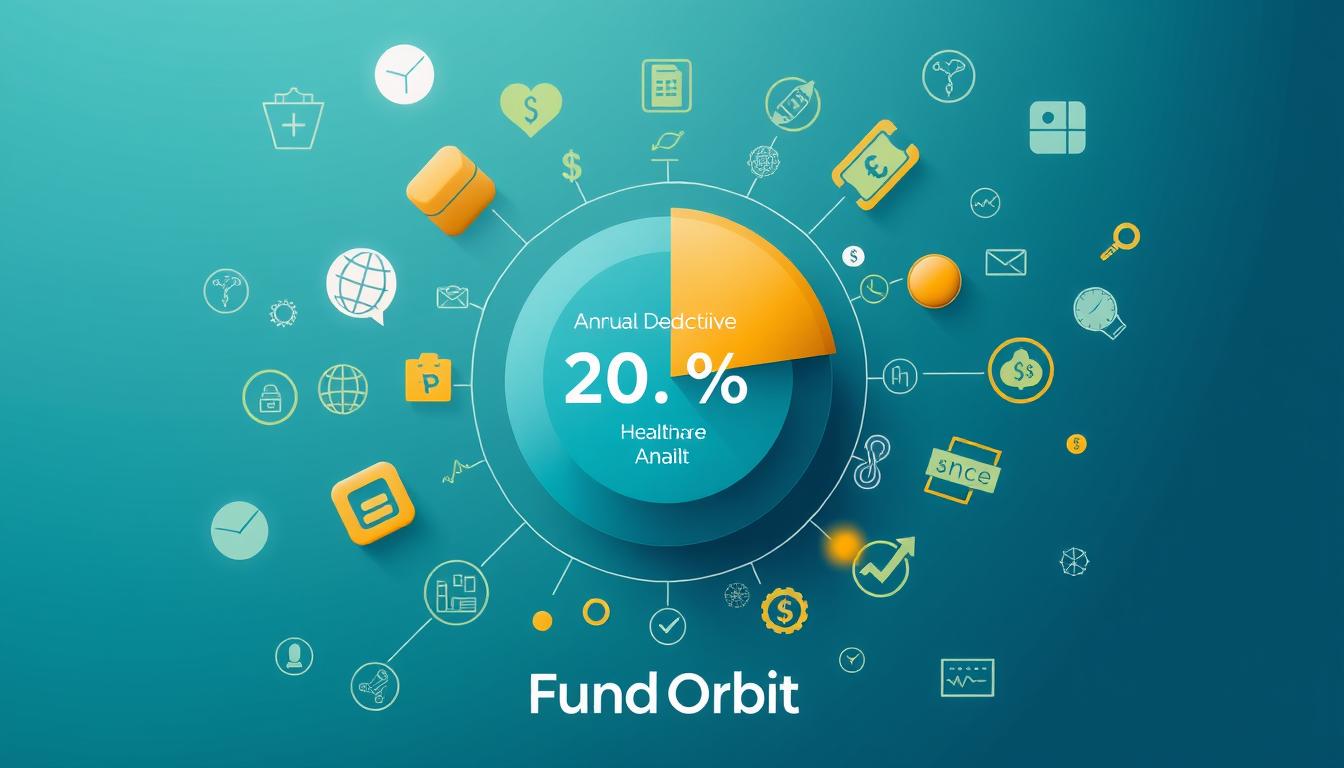We know how vital insurance benefits are for policyholders and their dependents. This includes life, auto, and health insurance. The Affordable Care Act (ACA) has made a big difference. It lets people up to 26 stay on their parents’ health insurance.
This change has helped many young adults get the health coverage they need. It gives them the benefits and insurance they deserve.
Dependent coverage is key. It includes children, spouses, and domestic partners. The ACA ensures insurers can’t deny coverage or charge more for pre-existing conditions for dependents. This makes it easier for policyholders to add dependents to their plans.
They also get tax benefits like Child Tax Credits and deductions for medical expenses.
We’re going to dive into the world of insurance benefits. We’ll look at policyholder and dependent benefits. We’ll also explore the different types of insurance coverage.
Our goal is to help policyholders understand their benefits and options. We want to help them make smart choices about their health insurance.
Key Takeaways
- Dependent coverage under the ACA extends to individuals up to the age of 26.
- Policyholders can add dependents to their health insurance plan, including children, spouses, and domestic partners.
- Tax benefits, such as Child Tax Credits and deductions for medical expenses, are available for policyholders who add dependents to their health insurance plan.
- Insurers cannot deny coverage or charge higher premiums due to pre-existing conditions for dependents under the ACA.
- Employers may provide health insurance coverage for workers’ dependents, which can vary by company policy.
- Policyholders can make changes to their insurance coverage during open enrollment periods or due to qualifying life events.
Understanding Benefits for Policyholders
As a policyholder, knowing the benefits of your insurance is key. You pay the premium, and costs differ by insurance type. For instance, homeowners insurance in the U.S. costs about $1,500 a year.
Term life insurance shows a unique pattern. About 75% of policyholders are also covered by the policy. This highlights the importance of understanding your insurance.
Insurance offers financial security and peace of mind. People buy life insurance for various reasons. It helps replace income, cover loans, and fund business buyouts. It’s vital to know the different benefits like health, life, and disability insurance.
Some key benefits for policyholders include:
- Multi-policy discounts, which can save policyholders an average of 20% on combining homeowners and auto insurance coverage
- Non-forfeiture options, such as extended term, cash surrender, and reduced paid-up insurance, which provide security and flexibility
- Accelerated death benefit riders, which allow policyholders to access up to 50% of the death benefit prior to passing
Understanding insurance benefits helps policyholders make smart choices. They can ensure they have the right coverage for their needs.
| Insurance Type | Average Annual Premium | Benefits |
|---|---|---|
| Homeowners Insurance | $1,500 | Financial protection for home and belongings |
| Term Life Insurance | Varies | Income replacement for dependents, liability indemnification on loans |
| Auto Insurance | Varies | Financial protection for vehicle and passengers |
Key Benefits for Dependents
We know how vital it is to protect our loved ones financially. Dependent life insurance offers several benefits. It can provide a death benefit of $5,000 to $20,000 to help with funeral costs and other expenses. Aflac says that insurance for children is a smart choice for families.
Some key benefits for dependents include:
- Coverage for children, including biological, stepchildren, adopted children, and foster children
- Coverage for spouses, including non-income earning spouses
- Coverage for adult children up to the age of 26
Dependent life insurance policies are often more affordable than individual policies. Joint policies can save up to 15% compared to separate ones. Many employer plans also don’t require medical exams for dependents, making it simpler to get coverage.
Thinking about dependent benefits is key to protecting our loved ones. The right coverage ensures our dependents are safe if we’re not there. By knowing the benefits, we can make smart choices and give our families peace of mind.
Health Insurance Benefits
We know how vital health benefits and insurance are for people and their families. There are many health insurance choices out there. These include medical, prescription drug, and preventive care services.
Some important parts of health insurance benefits are:
- Medical coverage options, such as HMOs, PPOs, and EPOs, which provide full coverage for policyholders and their dependents.
- Prescription drug coverage, which lowers the cost of medicines and ensures access to needed treatments.
- Preventive care services, like routine check-ups and screenings, which help prevent illnesses and catch health issues early.
It’s key to remember that health insurance plans usually cover eligible dependents. This includes spouses, children, and sometimes adult children up to age 26. Some states, like California, even let adult children add their parents to their health insurance.

By learning about the different health insurance benefits and options, people can make smart choices. This ensures they and their dependents have the protection they need.
Financial Benefits for Policyholders
Financial benefits are key for those with insurance. Life and disability insurance offer protection and peace of mind. They ensure that you and your loved ones are safe in tough times.
Life insurance comes in two main types: term and whole. Term life covers you for a set period, like 10 to 30 years. Whole life insurance lasts forever and also grows in value over time. 
Life Insurance Options
Here are some important life insurance features:
- Term life insurance: covers you for a set time with a payout if you die during that time.
- Whole life insurance: covers you forever and also grows in value.
- Joint life insurance: is cheaper than two separate policies for couples.
Disability Insurance Coverage
Disability insurance is also vital. It helps if you can’t work due to illness or injury. We’ll look at the different types and how they help policyholders.
Policyholder Benefits Under the Law
As a policyholder, knowing your rights is key. The Affordable Care Act (ACA) has changed the game. It has made health insurance more accessible. Over three million young adults now have health insurance thanks to the ACA, staying on their parents’ plans until they’re 26.
The law also covers essential health services without extra costs. For example, 82% of girls aged 15–19 use insurance for birth control. It’s important for policyholders to know about these benefits and how they apply to their coverage.

- Guaranteed issue, which prevents insurers from declining coverage based on health status
- Premium stabilization efforts to protect the risk pool
- Continuity of coverage, preventing gaps for those who may lose insurance
These rules help protect policyholders. They ensure we get the benefits we’re supposed to have. In the complex world of insurance, knowing our rights is vital.
Supplemental Benefits to Consider
Many people don’t know about the extra benefits in their insurance plans. These benefits can cover more costs and help with expenses. We’ll look at vision and dental coverage, and mental health services.
Some examples of these benefits include:
- Vision coverage: This helps pay for eye exams, glasses, and contacts.
- Dental coverage: It covers the cost of cleanings, fillings, and more.
- Mental health resources: You get access to counseling and therapy.
These extra benefits are key for those without them in their main insurance. They help keep everyone healthy and happy.

Also, many jobs offer extra insurance like critical illness, accidental death, and hospital indemnity. These can help with unexpected costs and protect your finances.
Benefits and Employer Contributions
Insurance coverage is key in employer benefits. Employers can help with premiums and manage benefits. Companies with 50 or more full-time workers must offer health insurance to 95% of their employees, as the Affordable Care Act requires.
Employers can set different benefits for different groups. For example, they can offer more to certain employees based on their job role. This includes those who are among the top earners.
How Employers Impact Benefit Packages
Employers shape benefit packages. They can offer health, dental, and vision insurance, plus other perks. Here are some stats on health insurance from employers:
| Employer Size | Average Annual Contribution | Percentage of Premium Paid by Employer |
|---|---|---|
| Small firms ( fewer than 50 FTEs) | $1,401 (single coverage), $6,575 (family coverage) | 70-80% |
| Large firms (50 or more FTEs) | $1,401 (single coverage), $6,575 (family coverage) | 80-90% |

The Role of Employee Benefits Research
Research on employee benefits is vital. It helps employers make smart choices about their benefits. By studying data, employers can see what benefits are most used and what employees need.
Navigating Benefit Enrollment
Understanding the different enrollment periods is key when it comes to benefits. Open enrollment and special enrollment are two main types. Open enrollment lets employees pick or change plans during a few weeks. Special enrollment is for changes outside this time, usually after a big life event like marriage or a child’s birth.
Choosing the right plan can feel daunting. But it’s vital to think about coverage, costs, and what you’ll pay out of pocket. Employees should look at all options and think about what they need. For instance, a health flexible spending account (FSA) helps save pre-tax dollars for medical costs. Also, dependent verification audits help avoid extra costs by making sure only eligible dependents are covered.
and health savings accounts (HSAs) are important to understand. By carefully looking at options, employees can make smart choices. This ensures they and their dependents are well-protected. For more on navigating benefit enrollment, check out financial planning resources.
Understanding Benefit Claims Process
Filing a benefit claim can feel overwhelming, thanks to insurance coverage. We’ve broken down the key steps to help you understand the process. It starts with a claims processor checking if the claim is accurate, complete, and valid.
It’s key to know what your insurance plan covers. This includes what’s included and what’s not. Knowing how to file a claim is also important. The process might seem complex, but with the right info, it’s easier.
Here are some tips for filing a benefit claim:
- Review your insurance plan to understand what is covered and what is not
- Gather all necessary documentation, including medical records and receipts
- Submit your claim in a timely manner to avoid any delays in processing
- Follow up with your insurance provider to ensure your claim is being processed correctly
By understanding the benefit claims process and having the right information, you can ensure that you receive the insurance coverage you need. Always review your plan carefully and ask questions if you’re unsure about anything.
The explanation of benefits (EOB) is not a bill. It’s a statement that shows the cost of care and any savings from using in-network providers. If you have questions about the claims process or your insurance coverage, don’t hesitate to reach out to your provider for assistance.
| Claim Type | Description |
|---|---|
| Medical Claim | A claim for medical services, such as doctor visits or hospital stays |
| Disability Claim | A claim for disability benefits, such as income replacement or rehabilitation services |
The Future of Benefits for Policyholders and Dependents
The future of benefits for policyholders and their dependents is changing. New trends in insurance coverage are moving towards more personal plans. These plans will focus on digital engagement and overall well-being.
New technology is bringing in fresh benefit options. Policyholders can now tailor their plans to fit their specific needs. Insurers are using data to offer more personalized and proactive support.
With the rise of the gig economy, there’s a big push for portable benefits. This ensures coverage for people who work on their own. It’s all about keeping up with the changing workforce.
Changes in laws, like covering young adults, will also shape benefits. It’s important for policyholders and their dependents to stay updated. This way, they can make the most of their insurance and enjoy new protections.


